A $215 million mass timber manufacturing plant being developed in Nova Scotia could reap economic benefits that ripple through its community, region, province and Atlantic Canada.
It will be “one of the most modern plants of its kind,” producing 50,000 cubic metres of commodity mass timber and large-scale glulam products for up to 3,100 residential units annually, said Patrick Crabbe, director of mass timber with Bird Construction and leader of the MTC Mass Timber Company.
“The anticipation is it will be capitalized by May/June this year.”
Crabbe, who spoke at a conference recently themed Indigenous Collaboration, said he sees the venture as “a circular economic opportunity that is a diamond in the rough.”
Through integration with the First Nation sawmill industry in the region, the plant could help the small Pictou Landing First Nation community of about 650 residents maintain its large swath of evergreen forest.
“We have to come up with creative ways to commercialize our operations so we have the capability to manage our forests,” Michael Polak, executive director of the community, told the audience at the conference in Vaughan, Ont. hosted by the College of Carpenters and Allied Trades (CCAT).
Crabbe pointed out MTC will help the sawmill sector “to maximize value of its wood products” exported to the U.S.
Nova Scotia has the resources and the ability to produce some of the highest quality mass timber products in North America “that can reshape our cities, which can add incremental capacity to increase our affordable (housing) supply,” Crabbe told the audience.
Polak said historically First Nations in Nova Scotia haven’t had a lot of influence in the forestry sector “because of a lack of value-added situations for us to participate in,” and the community does not get government funding for forest maintenance.
While the potential for mass timber in the region is “astronomical,” MTC faces a number of hurdles, Crabbe said.
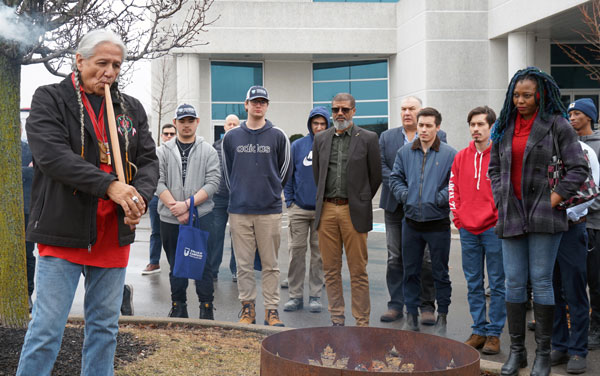
For one, Canadian universities and colleges don’t offer mass timber engineering education for the specialized jobs required in the plant over the next five years. Of the 150 or so workers to operate the facility, 30 to 40 per cent will require higher education, Crabbe said.
“There needs to be faster action by our post-secondary institutions to support emerging innovative industries.”
MTC is working on partnerships with regional universities, aiming to develop onsite office space to support program development and research of mass timber to help develop the specialized skills it requires in the community, he said.
Crabbe described the North American mass timber industry as “a construction solution provider” which brings projects from concept, to manufacturing and then to completion.
He said the process requires manufacturers to understand “a lot of detailing, preconstruction and engineering. It is what limits a mass timber business here and is limiting a lot of untapped capacity.”
In Europe, by comparison, the mass timber industry is comprised of “true manufacturers” which sell billets directly to contractors which have the tools to customize the materials for the client’s project.
Polak told the session audience Indigenous collaboration partnerships like the one with MTC can help achieve “designs for the long-term that are in harmony and balance with the environment” in part by providing permanent jobs and careers for First Nations residents.
While Bird Construction is not an investor in MTC, it has provided support and it will be the GC on the manufacturing plant, Crabbe said.
Mike Yorke, organizer of the conference and the panel’s moderator, said the partnership’s potential for developing a mass timber facility with numerous economic spinoffs for Atlantic Canada is
“groundbreaking.”
“Nova Scotia was the industrial heartland of Canada before there was a Canada,” he said, noting the province had a close trading relationship with the northeastern U.S.
“There was a great history between Boston and Halifax. Maybe there is some interesting potential here where they could be shipping CLT down into the U.S.”
The conference at the Paramount Event Space in Vaughan commenced with an Indigenous welcoming ceremony presented by Brent Pelletier of the United Indigenous Council.
The conference was sponsored by the Ministry of Natural Resources and Forestry in partnership with the College of Carpenters and Allied Trades.


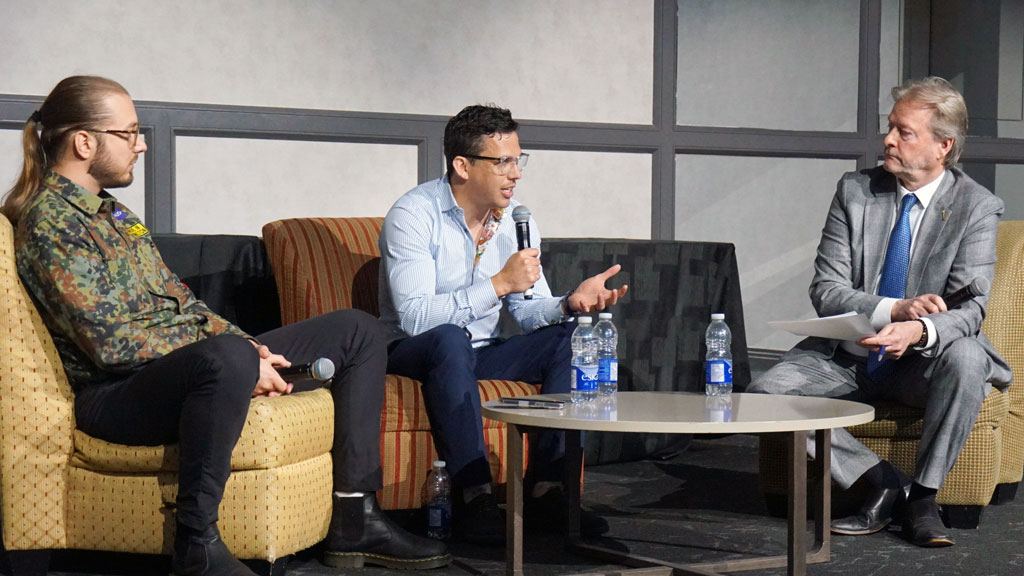
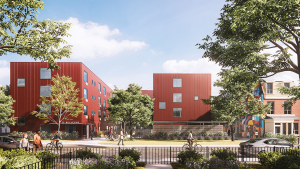

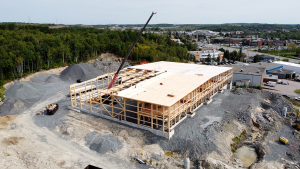

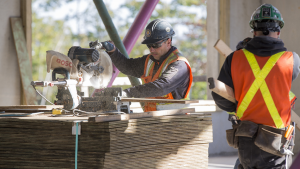



This is not inline with the indigenous way of life. Why are we çontimplating harming mother earth by clear cutting and destroying our land! There are moore things important than money, preservation of our land for our children comes to mind!!
This is fantastic news!! Seeing First Nations prosper with the resources they have and providing great jobs to their people is absolutely wonderful. This was such an exciting news story. Congratulation!!